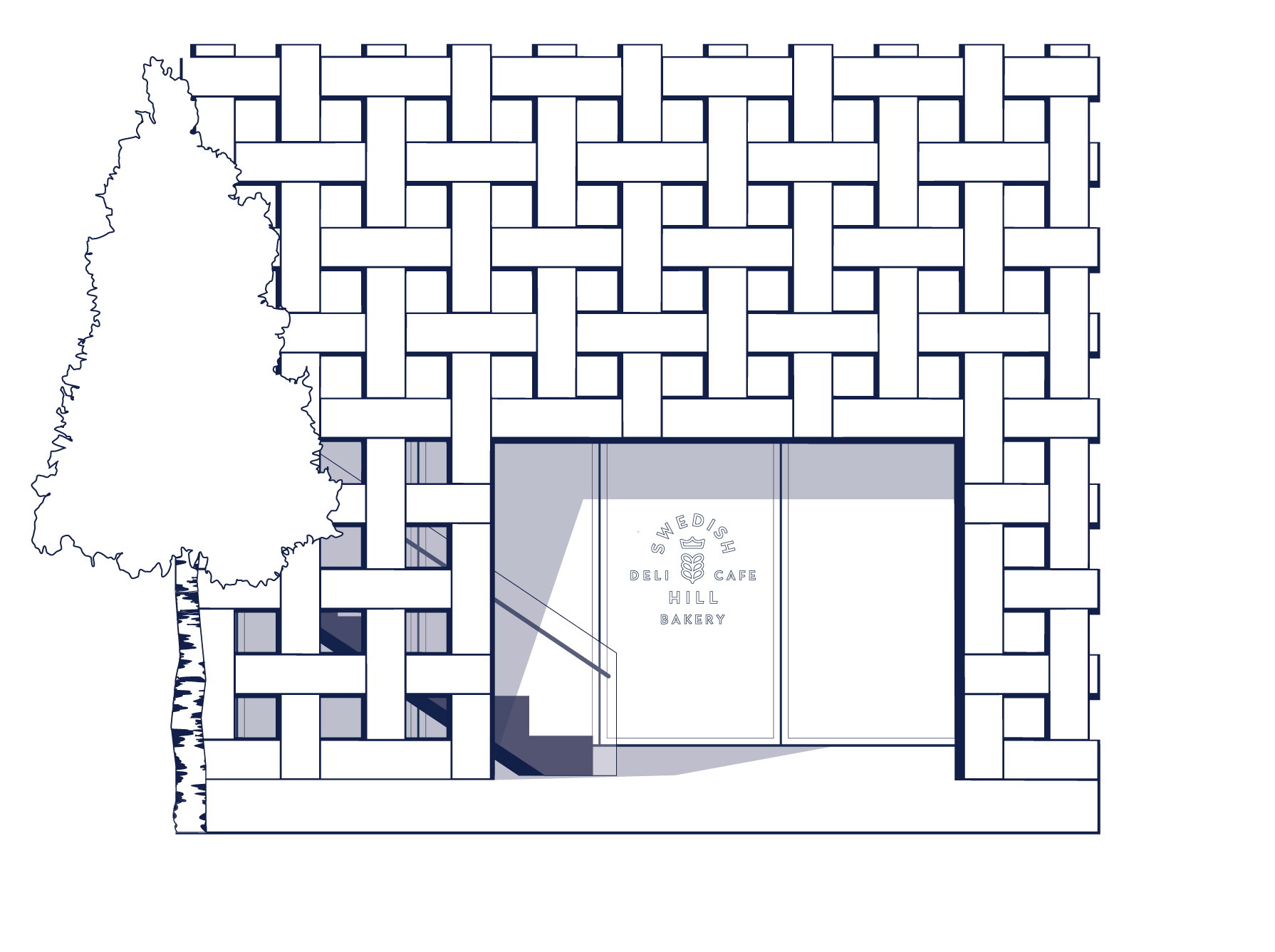Aspen Art Museum
- Categories
- All events
- Talks and Lectures
- Member Events

- For more information on how you can join the AAM, please visit the Street Level Visitor Information Desk, inquire in the Shop, or call 970.925.8050.

- Swedish Hill Aspen is open on our Rooftop from 8AM–3PM

- Aspen Art Museum is an artist-founded institution dedicated to supporting artists in the development of bold ideas to shape our museum and the field of art today.
Aug 2021
| Su | M | Tu | W | Th | F | Sa |
|---|---|---|---|---|---|---|
| 11 | 12 | 13 | 14 | 15 | 16 | 17 |
| 18 | 19 | 10 | 11 | 12 | 13 | 14 |
| 15 | 16 | 17 | 18 | 19 | 20 | 21 |
| 22 | 23 | 24 | 25 | 26 | 27 | 28 |
| 29 | 30 | 31 |
On View
String Quartet for Six Players, with Stephen Prina
Aug 5, 2021
6:30 PM
Free and Open to the Public
Registration required
Please register here.
Aspen Art Museum
Stephen Prina will stage a special performance of his 1976 composition String Quartet for Six Players, which takes as a starting point Mozart’s String Quartet No. 15 in D minor, albeit conceptually rearranged. Using chance as a guiding compositional principle, the work is performed in response to the throwing of a die. Musical performers are from the Aspen Music Festival and School.
Stephen Prina works in various media, including installation, painting, sculpture, film, and musical performance. His work examines the production and consumption of culture by making pre-existing media his regular point of departure, from the complete paintings of Manet to the classical compositions by Mozart to the book his father used to learn English upon emigrating to the United States. Without discarding their original meaning, Prina re-arranges and re-presents ideas to bring new possible meanings to the fore.
This deconstructive approach poses questions about authenticity, authorship, and originality. Prina’s bodies of work often form continuous series in which elements are often revisited and repeated over the course of his career. Prina creates a framework of references that recontextualizes history with the contemporary, deftly drawing connections and challenging assumptions about representation and the role of art objects.
String Quartet for Six Players, 1976
Program Notes
The Arnold Schönberg Center, Vienna
June 5, 2013
Stephen Prina
In 1976 when I composed this work, I was contemplating what music might be like in the wake of Arnold Schönberg or Anton Webern, John Cage, Fluxus, or Pauline Oliveros, all of whom embody different aspects of precision and all of whom had been assimilated into music history by the time I came along to engage with it.
String Quartet for Six Players is an early act of appropriation for me, but a note about this strategy—one of the most identifiable of postmodern strategies—could be useful. To use an already existing cultural object as the material for production has been theorized in a variety of ways. For instance, the Death of the Author has been noted or invoked by many, but often in defense of the reader, spectator, or viewer. (“The birth of the reader must be at the cost of the death of the Author.” —Roland Barthes) I am sympathetic with this reading, but I had something else in mind equally public. To seize upon an already extant cultural object that is in circulation in the social domain, enact a technical treatment on it, and then return it into circulation demonstrates a point of contact with the world—a transaction with the world, not a distantiation from it. Engagement is the key.
The first movement of Mozart’s String Quartet No. 15 in D minor serves as the programmatic material for String Quartet for Six Players, but alternative performance instructions are supplied, placing a premium on how the composition is performed rather than what is performed. The Mozart is played exactly as written—including dynamic markings as well as the specific notes and rhythms—save for the doubling of the violin parts and the roll of a die. Immediately following the exposition, before its repetition, the conductor rolls the die, calls out the number, and sends the respective player back to the beginning of the score, as if the computer program was being reset, if we had recourse to this type of language in 1976. This aleatory procedure continues for a given—but not predetermined by the composer—amount of time, after which all the players proceed to play their parts to the end. When arriving at the end, all players sound the last note of their respective scores until the sixth player brings the performance to its completion. Needless to say, each performance is different from another, the conductor is drawn into making compositional decisions, and a fundamentally tonal work of music massages passages of the atonal, both densely textured and not.
The Mozart provides the programmatic material upon which to act, but it also provides structure, in that it is in sonata-allegro form—the most identifiable of classical forms—starting with the exposition, followed by a repetition of the exposition, then the development of materials introduced by the exposition, culminating with a recapitulation of the exposition. The Mozart also provides intelligibility, the echo of an always already known cultural object, to say nothing of Mozart’s act of dedicating his string quartet to Haydn, or the sense that he is presaging Beethoven.
Mozart’s text reminds me of the model Jorge Luis Borges proposes in “The Library of Babel.” Transliterated, the Mozart score has the potential to embody and inhabit every music composition imaginable, past, present, and future.
—Stephen Prina
-
Related Programs
free courtesy
Amy & John Phelan
- Aspen Art Museum
- 637 East Hyman Avenue
- Aspen, Colorado 81611
- t: 970.925.8050
- f: 970.925.8054
- info@aspenartmuseum.org
| Hours |
|
Tuesday–Sunday, 10 AM–6 PM
Closed Mondays
|
© 2024 Aspen Art Museum
General operating support is provided by Colorado Creative Industries. CCI and its activities are made possible through an annual appropriation from the Colorado General Assembly and federal funds from the National Endowment for the Arts.



General operating support is provided by Colorado Creative Industries. CCI and its activities are made possible through an annual appropriation from the Colorado General Assembly and federal funds from the National Endowment for the Arts.

















